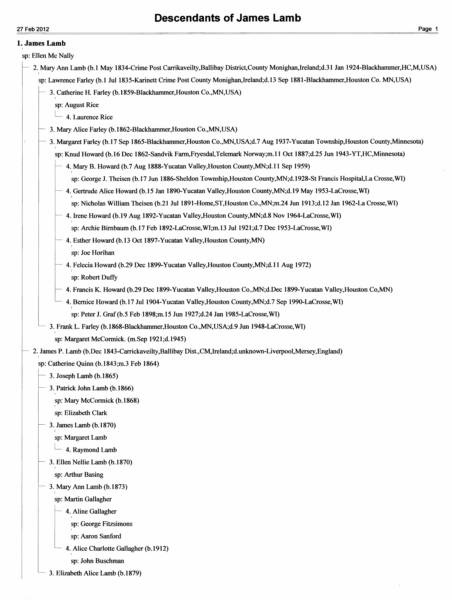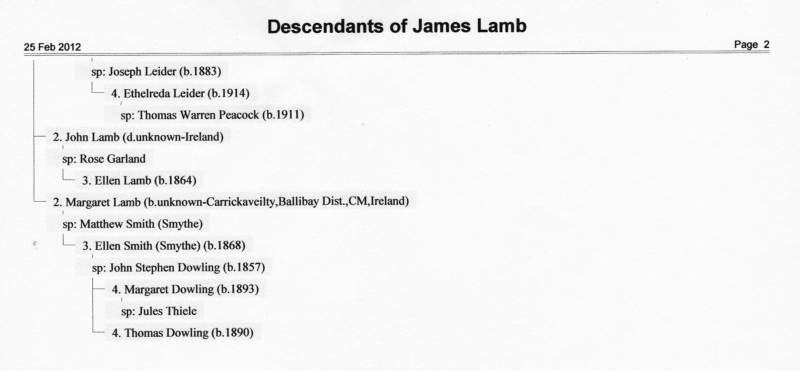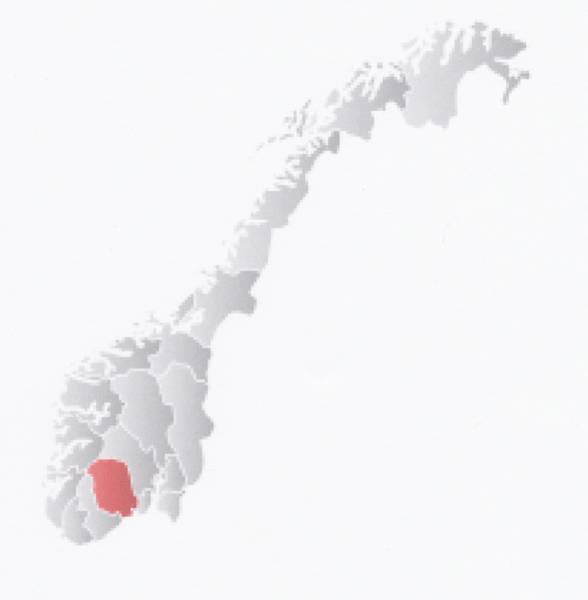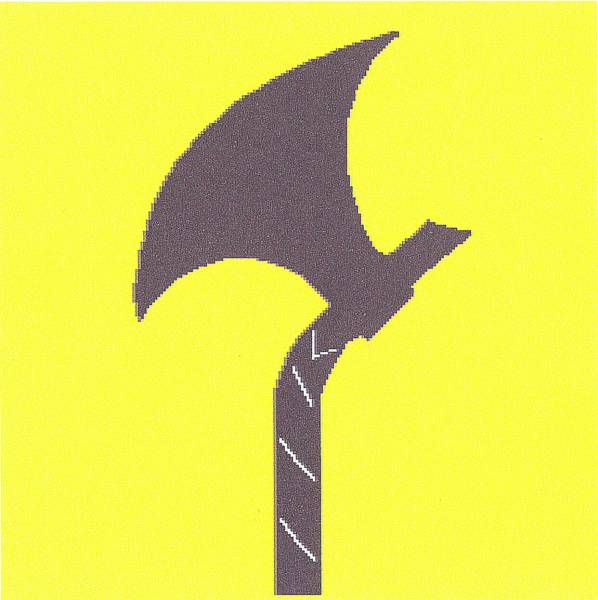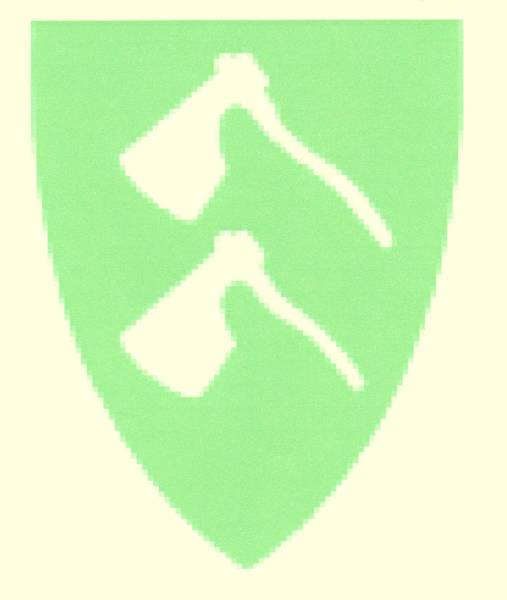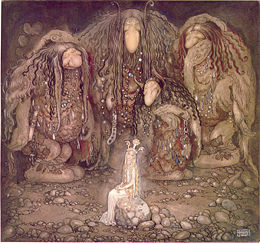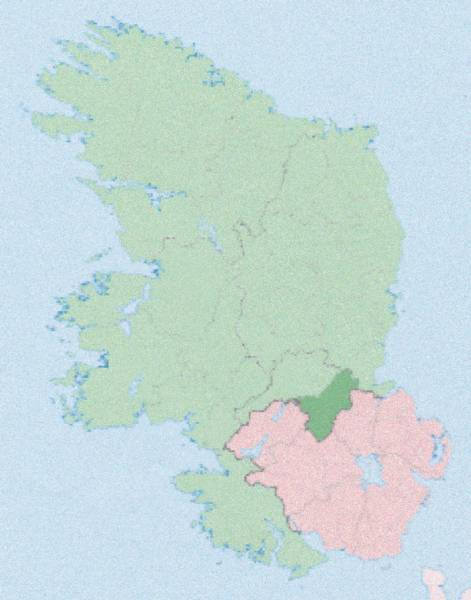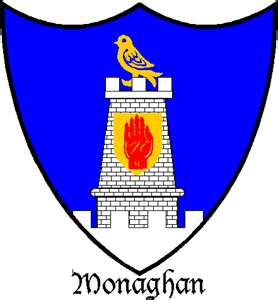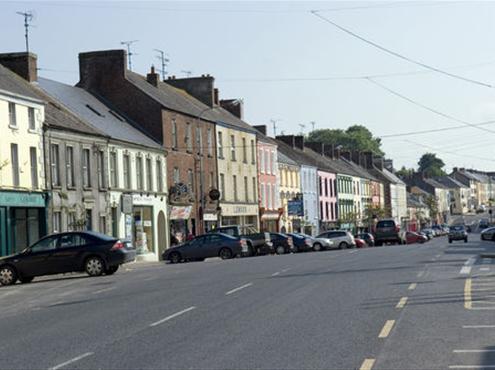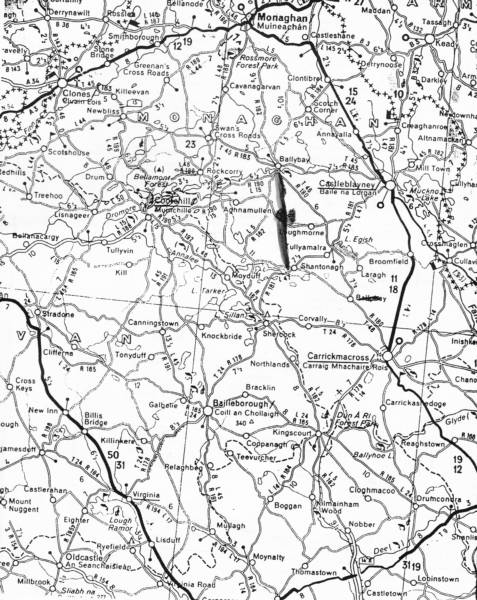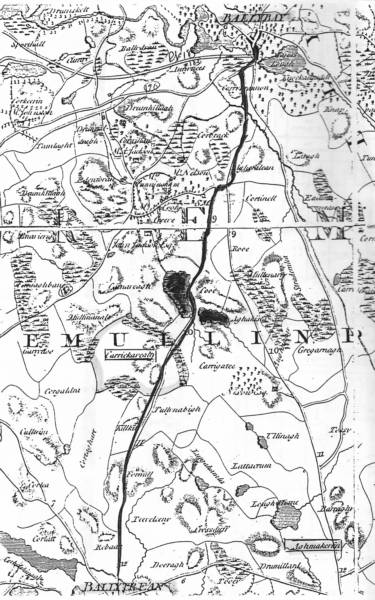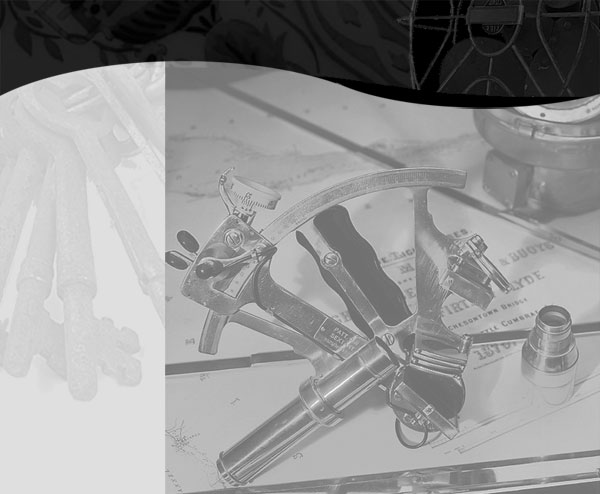
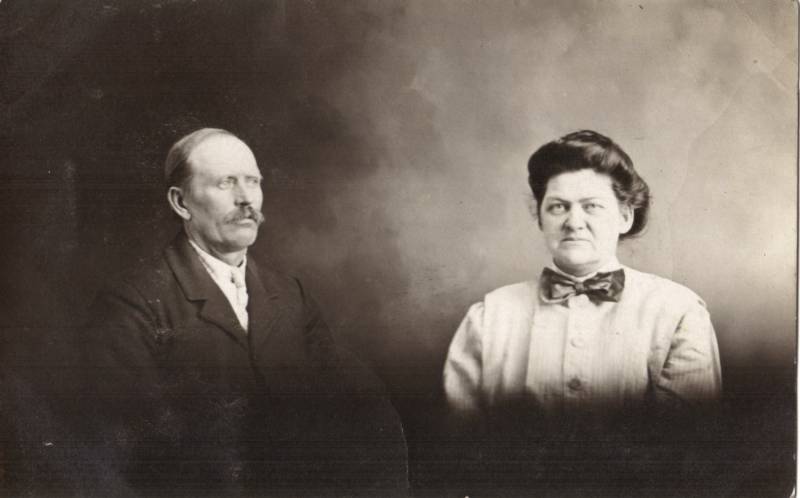
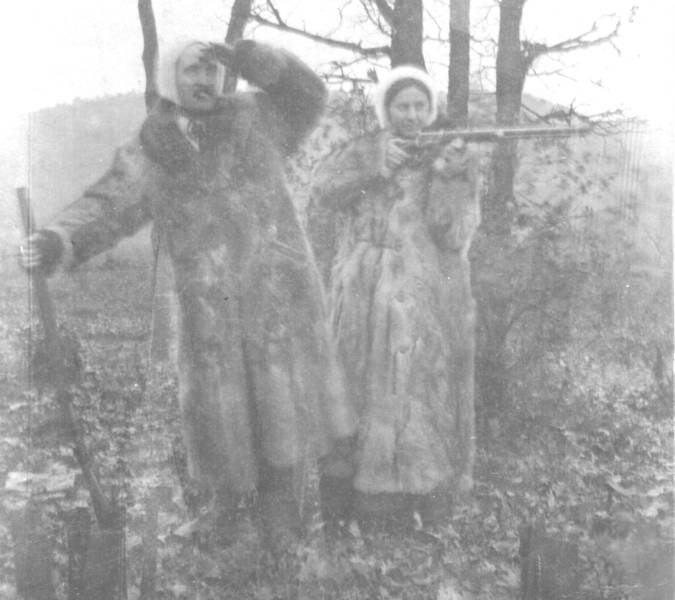
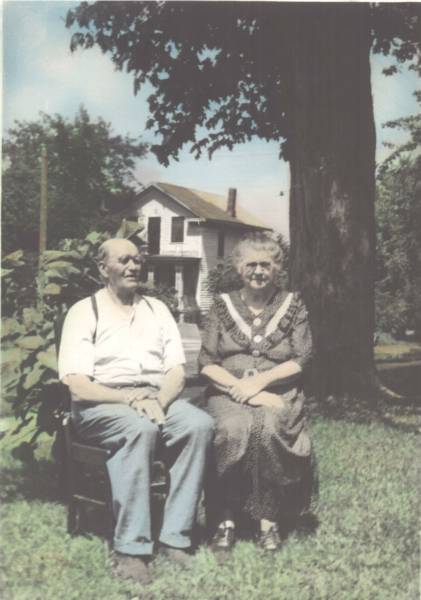
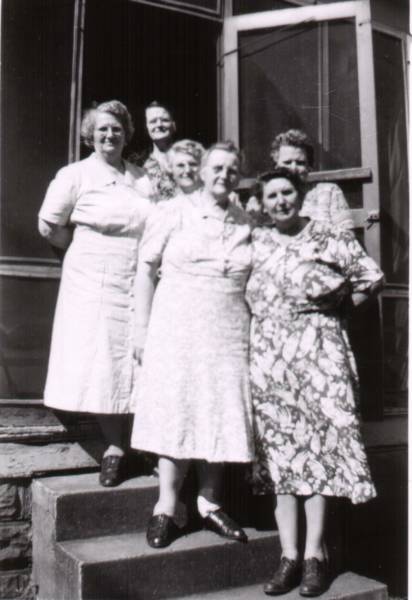
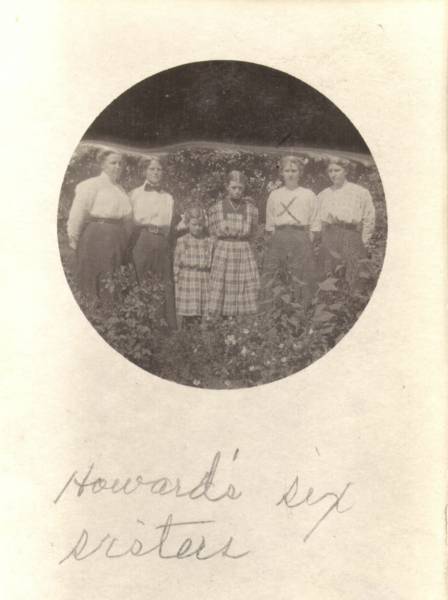
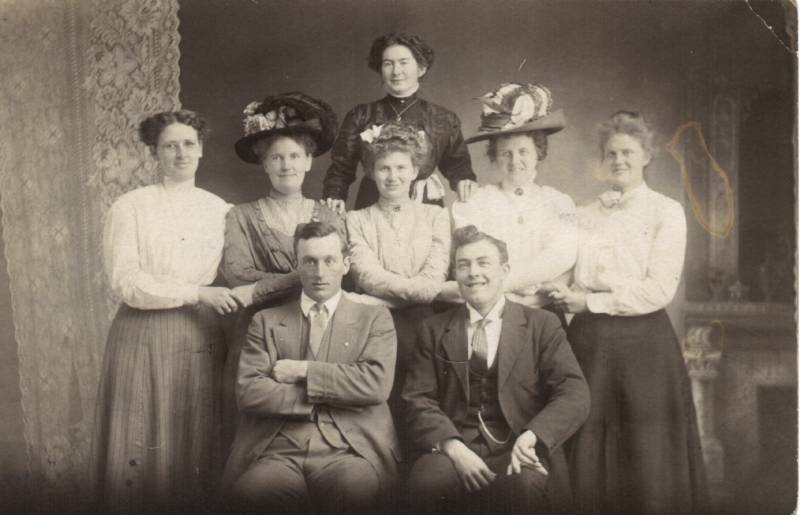
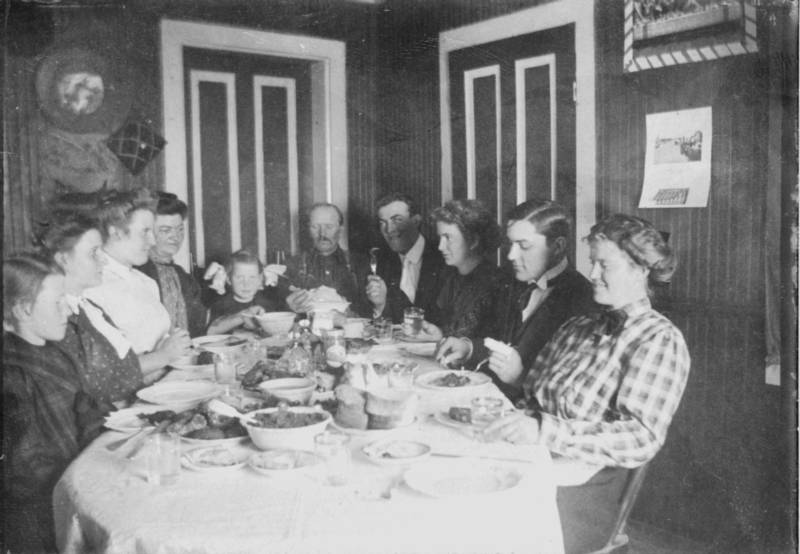
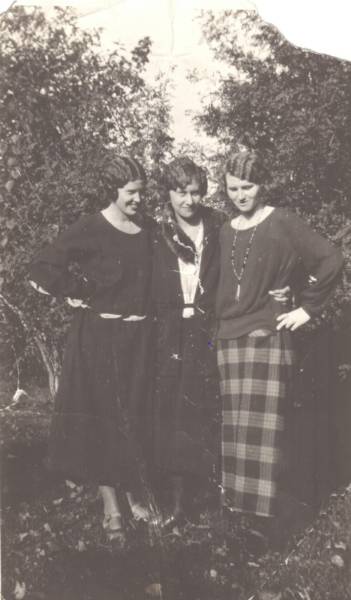
He and Margaret had a farm in the bottom of Yucatan Valley, Houston County, Minnesota of 320 acres. (Section 32) He was known as a very good farmer. There he had a horse named Black Beauty and a surrey he was proud of. He taught Nicholas Theisen how to swim in a creek in Caledonia. He took Joe Theisen fishing, as a child, gor suckers and carp in the South Fork River (of the Root River) near an old mill by Houston, MN. He was a pipe smoker.
He retired in Caledonia, living off the proceeds from the farm, and rent. Mary Alice lived with them there in her last year of high school so that she could finish with her class, when her family had moved to La Crosse. After moving to town he kept a big garden. Knud lived with Pete and Bernice Howard, and Mary lived in back. In later years he became very hard of hearing and used an ear horn to assist his ability to hear.
Margaret Farley had black hair as a young woman. When living in Caledonia, she had a pet canary. She also loved ferns, and kept many of them in the window in the front of the house. She loved fancy dresses with lots of frills and lace.
She was ill and bedridden for some time before death with a heart condition. Bernice Howard Graf helped to care for her in those later years. She finally died of a bowel obstruction, (Colon cancer?), in St. Francis Hospital Hospital of LaCrosse, WI.
She and husband Laurence Farley split up when he left home 3 or 4 years before he died. Laurence was an alcoholic. She and the children continued to manage the farm.
Mary Ann died at the age of 90 of pneumonia. Joe Theisen remembers attending her funeral at St. Mary's church in rural Preble, Minnesota. He was a child at the time and remembers a cold trip in a sleigh to the winter funeral, wrapped up in a bearskin in the bottom of the sleigh. The church is now burned down but the graveyard is still intact.
Directions to St. Mary's cemetary, where they are buried: From Mabel take Hwy 43 north. Take a left after about 4 miles, before you get to Choice. (At a big crossroads on top of a hill.) Then turn right on the first blacktop you come to for 2 miles. Then turn left on another blacktop road and go 2 miles. The cemetary is on a steep hillside surrounded by pine trees, with a metal "St. Mary's Cemetary" sign in front. The church, which used to be below the cemetary, is gone. She, Lawrence, a child of theirs who had died at age 2, and possibly the Lamb parents are buried at the roadside edge of the cemetary.
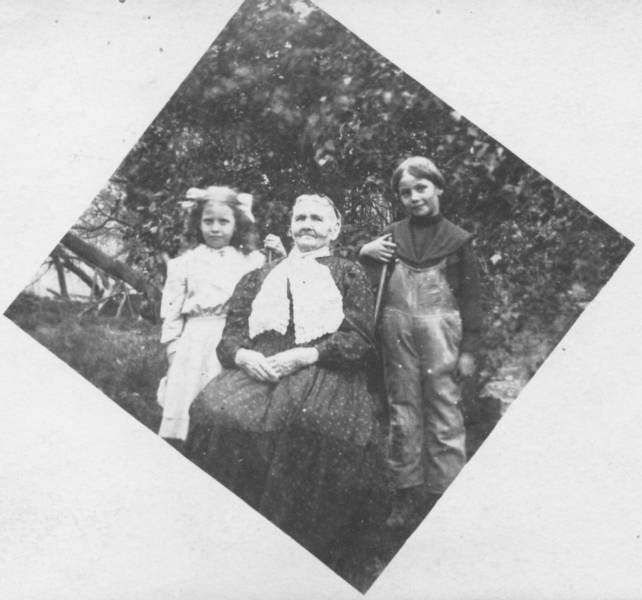
Dearly I bid you all adieu
God has sweetly called me home
Blessing on all of you.
Frank Farley was an elected official of the Minnesota House of Representatives for the 1st district (Houston County) for the 1911 session. He was the president of the Yucatan Creamery Association and at the same time was the Director of the Spring Grove Stack and Grain Company. He was director of Land 'O Lakes Creameries in Minnesota for 27 years, up until the time of his death, and a founding member of that company. He was also an organizer of the Houston County Good Roads Association and of the Houston Farm Bureau. He served on the board of education and the town board, and was a charter member of the Caledonia Council of the Knights of Columbus. He married Margaret McCormick in later years, in September, 1921. (they were in their 40's). He retired from farming when Margaret died in 1945, and moved to LaCrosse for his later years.
Frank Farley died on June 9, 1948. Funeral Services were held at St. John's Catholic Church in Caledonia, MN. Visitations and rosaries were held in the Blaschke Funeral Homes in Caledonia and LaCrosse. He is buried in Calvary Catholic Cemetary in Caledonai, MN.
Joe Theisen remembers trout fishing with his Uncle Frank on the old Farley farm, on which the new owners had installed trout ponds. He and his Uncle each caught a 12 inch trout with bubble gum- couldn't catch the with salmon eggs. They paid $3.00 per fish for the honor.
On another occasion, Frank Farley was taking Joe, then 14, along to Harmony with him for a Farm Bureau speech. It was very foggy, and Frank couldn't keep the model T Ford straight on the road in the dense fog. Joe, who had never before driven, told him that he'd better let him drive or they'd both be in the ditch, and that Frank could tell him how to work the controls. So they switched and Joe drove the car safely home, and Frank never did make the Farm Bureau speech that night. Joe told his parents, Nick Theisen and Gertrude Howard, that he never wanted to go with Uncle Frank again.
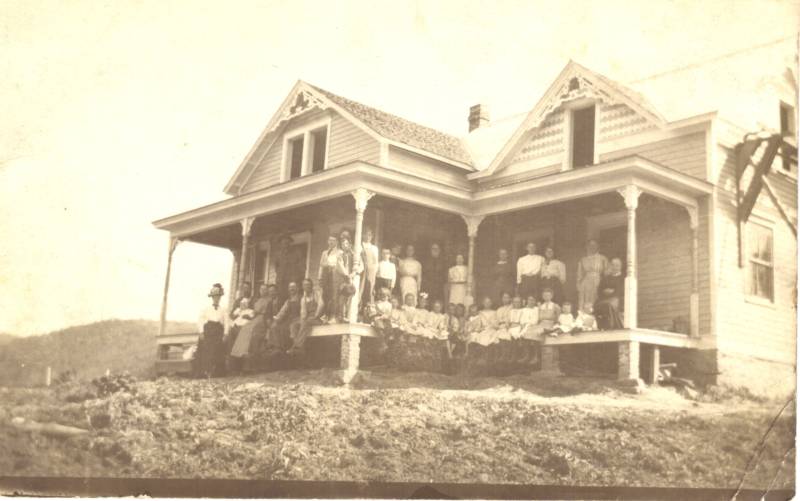
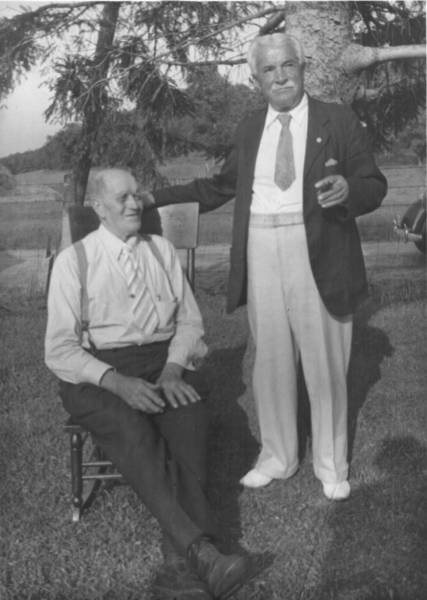
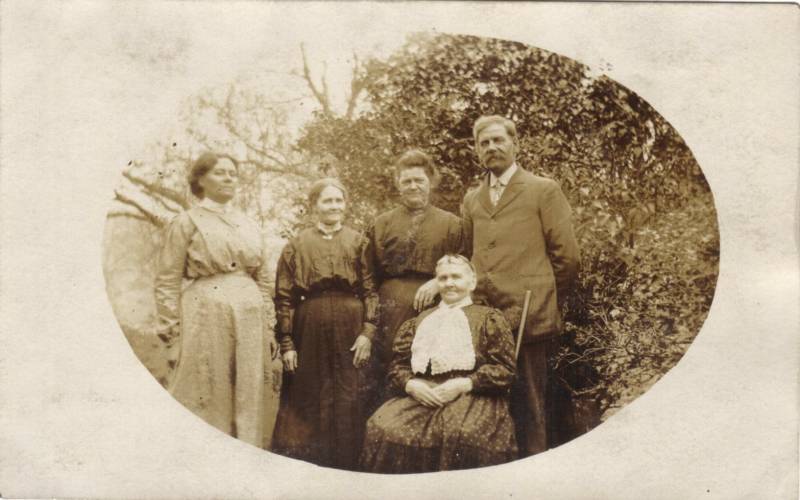
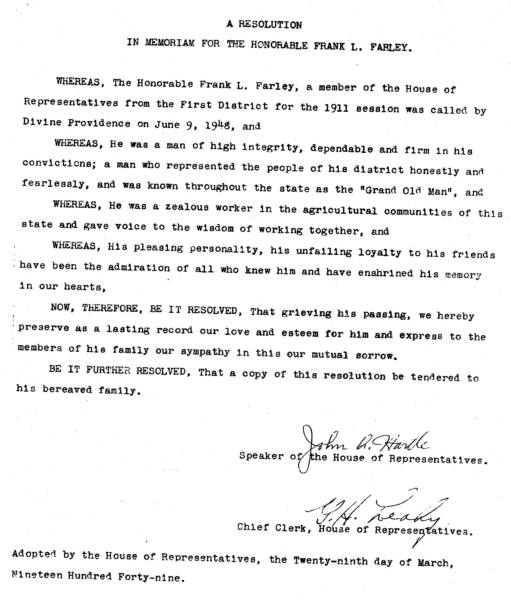

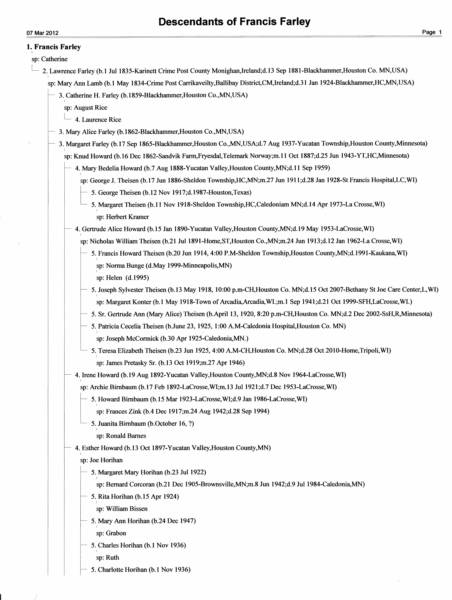
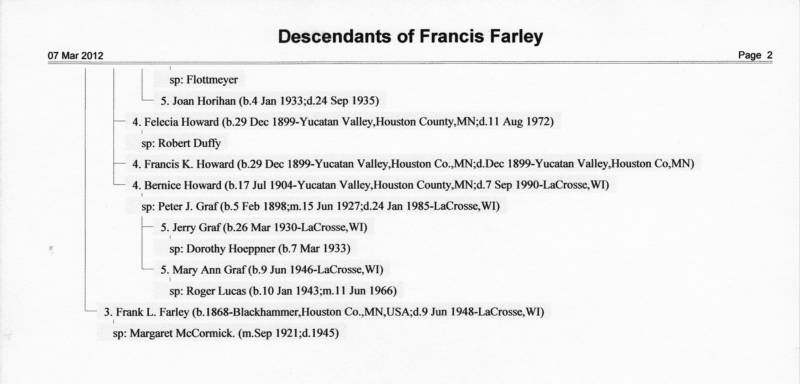

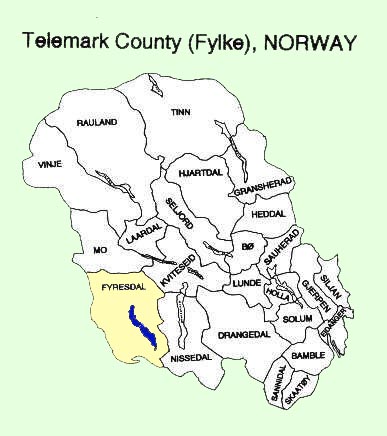


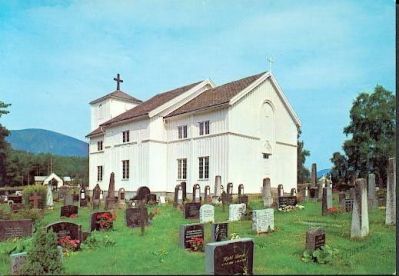
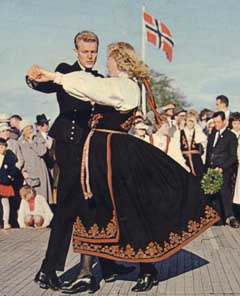
The county stretches from the coastal lowland near the Skagerak in the southeast to the Hardangervidda mountain plateau in the northwest. Between these extremes you'll find numerous valleys, most of them containing long and narrow lakes.
Before the modern network of roads was developed, inner Telemark had very little contact with the central government and the people who lived along the coast - apart from the logs they sent down the river. These once remote parts of Norway have retained a uniqueness that dates back to their days of isolation.
Fyresdal is the westernmost township and the westernmost valley in Telemark. For many years it was also the most isolated. Nature in this area is characterized by large and beautiful Fyresvatn, or "Pine Lake," the lake is 26 km. long, dotted with larger and smaller islands and surrounded by hills and mountains. The village of Moland is the municipal center for Fyresdal.
Each area of the country developed its own distinctive style.
The picture on the left is an example of the Bunad, Telemark style.

Some trolls were believed to be giants, and the biggest of them all was Dovregubben (their king in the mountain Dovre). They were shaggy and rough-haired, with trees and moss-like growth on their heads and noses, their noses were long and they would stir with it when cooking broth or porridge. Some even had two or three heads, some only had one eye in the middle of their foreheads. Their features differed from humans with four fingers and four toes and a tail ressembling that of a cow. The trolls lived to be hundreds of years old, but would die and turn into stone if the sun caught them. They might have looked frightening, but were actually often good natured and terribly naive, so sly peasants would successfully trick them. Their supernatural powers consisted among others of transforming themselves, for instance into beautiful young ladies. Many hunters and farmers were such lured into the mountains and captured, but the trolls could never hide their tails, if you only could get to see them from behind you would know if the captivating creature was a troll or just a beautiful shepardess.
Above and right is the Moland, Telemark church, built in the mid 1800's. It is said that when this church was built a troll living under a nearby bridge was frightened away and never returned.
The or, a rising curved axe, dates back to the 12th Century and remains a symbol of power. It was still carried by Telemarkers, even to church, in the 19th Century.
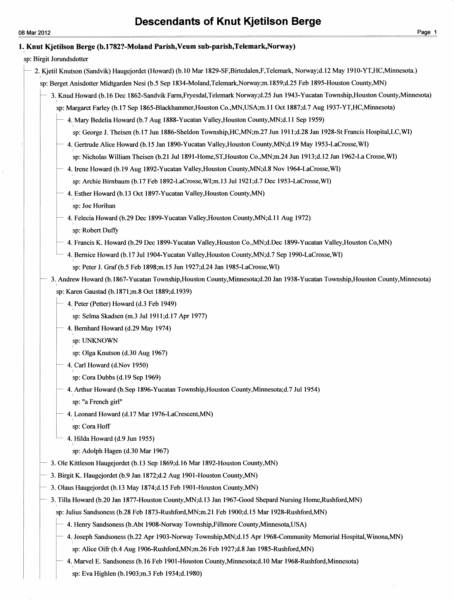
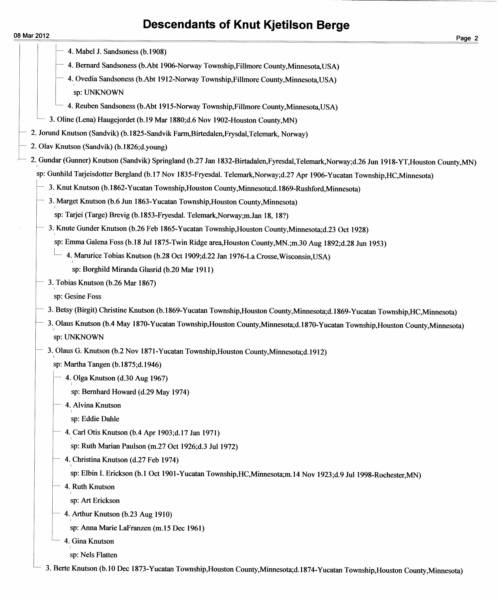
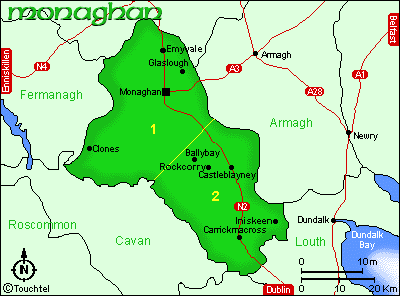
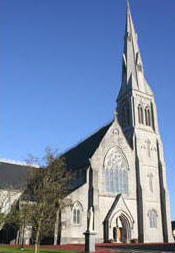
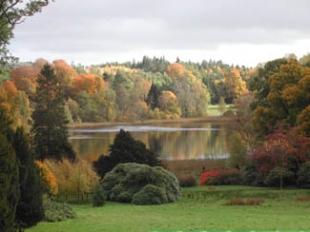
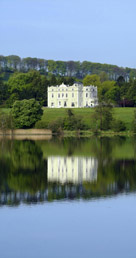
County Monighan scenes
County Monaghan ( /ˈmɒnəhən/; Irish: Contae Mhuineacháin) is a county in Ireland. It is part of the Border Region and is also located in the province of Ulster. It is named after the town of Monaghan. Monaghan County Council is the local authority for the county. The population of the county is 60,495 according to the 2011 census.
Monaghan is the fourth smallest of the Republic's 26 counties in area and fourth smallest by population.[1] It is the second smallest of Ulster’s 9 counties in size and smallest in terms of population.
There are several mountains in the county: Mullyash Mountain, Slieve Beagh (on the border with Tyrone and Fermanagh) and Coolberrin Hill (214 m, 702 ft). Lakes include Lough Egish, Lough Fea, Muckno Lough, Lough Avaghon, Inner Lough (in Dartrey Forest), Drumlona Lough, White Lough and Emy Lough. Rivers in Monaghan include the River Fane along the Louth border, the River Glyde along the Louth and Meath borders, the River Blackwater along the border with County Tyrone, and Dromore River along the border of County Cavan, linking Cootehill to Ballybay.
Monaghan has a number of forests, including Rossmore Forest, Dartrey Forest and Dún na Rí Forest Park. Managed by Coillte since 1988, the majority of trees are conifers. Due to a long history of intensive farming and recent intensive forestry practices, only small pockets of native woodland remain.
The Finn Bridge is a border crossing point over the River Finn between County Monaghan and County Fermanagh. It is close to Scotshouse.
The present barony of Farney represents the old territory of Fearnmhagh or the Alder-plain; the barony of Monaghan is the ancient Hy-Meith-Macha; and the two baronies of Cremorne and Dartree represent the ancient Crioch-Mhughdhorna and Dartraighe.
At a place called Agha-Lederg, in the barony of Farney, a great battle was fought A.D. 331, which resulted in the destruction of the palace of Emania (see Armagh). The three Callas, brothers, sons of Ohy Dovlen, having slain their uncle the king of Ireland (Fiacha Sravtinnè), the king's son, Muredagh Tirech, banished them from Ireland, and became king himself. Some time after this they returned and became reconciled to their cousin the king, who supplied them with an army to make conquests for themselves. They marched to Ulster, and aided by a contingent from Connaught, encountered the Ulster king at Agha-Lederg; the battle lasted for seven days, and resulted in the defeat of the Ulstermen and the death of their king. One of the three brothers, Colla Menn, was slain in the battle. The two surviving brothers then destroyed the palace of Emania, which thenceforward ceased to be the residence of kings of Ulster; and they seized on a large part of Ulster, extending east as far as the Glenree River (flowing by Newry; see Down), which was from that time forth called the kingdom of Oriel.
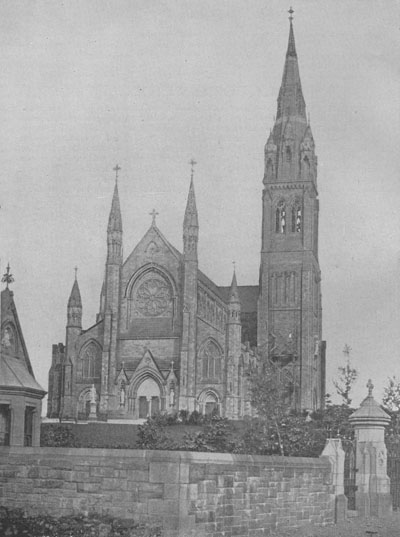
MONAGHAN CATHEDRAL.--The county of Monaghan, derived from Muinchan--"the dwelling of the monks," was anciently known as Mac Mahon's country, and that powerful and martial sept retained possession of the territory down to the reign of Elizabeth, when the head of the clan was treacherously taken and legally murdered, and the land converted into shire ground. Monaghan is the principal town, and though it possesses few relics of antiquity, the surrounding district has its full share of temples, raths and towers. It is the residential seat of the Bishop of Clogher; and its cathedral, erected during the incumbency of the late bishop Donnelly, is one of the most imposing of modern ecclesiastical structures in Ireland. Clogher is identical with the Regia of Ptolemy, and was erected into a bishopric in 493 by St. Macartin.
